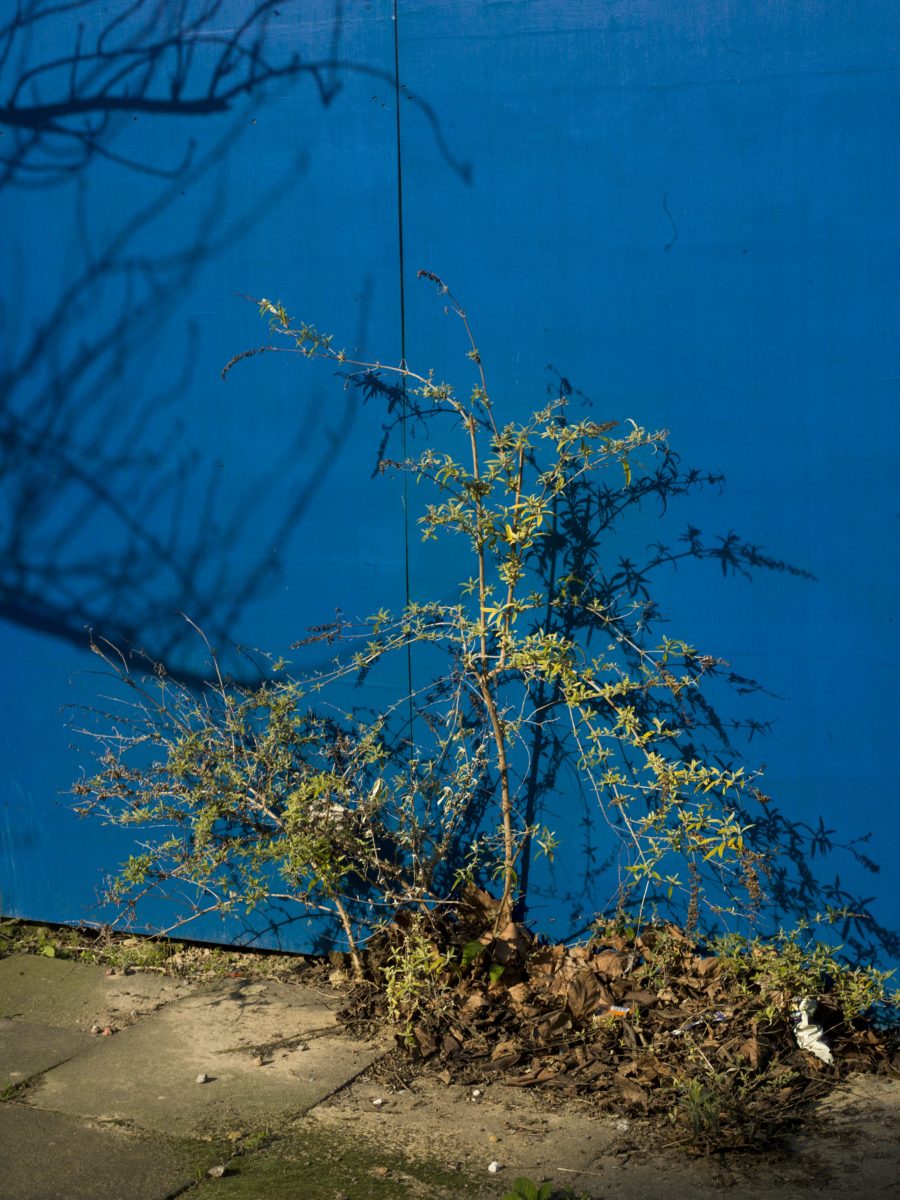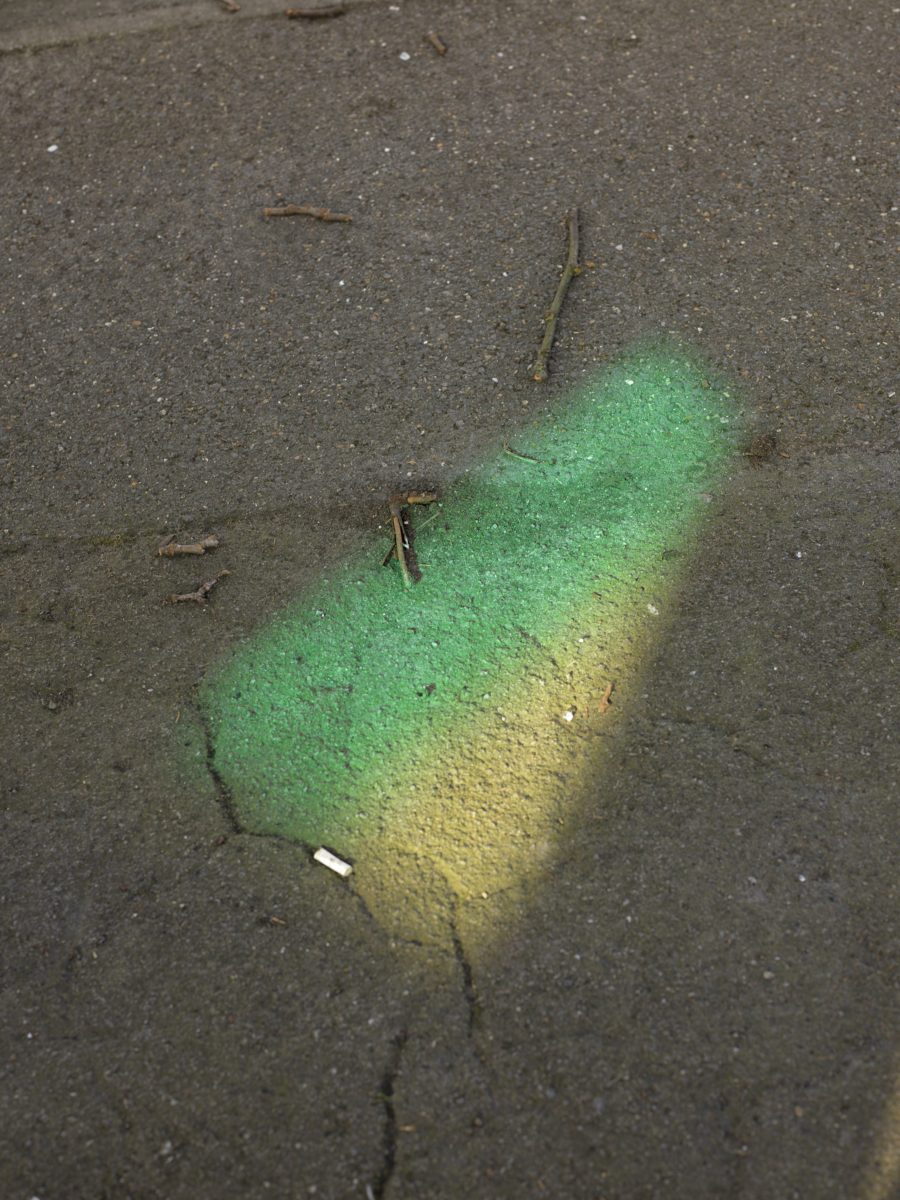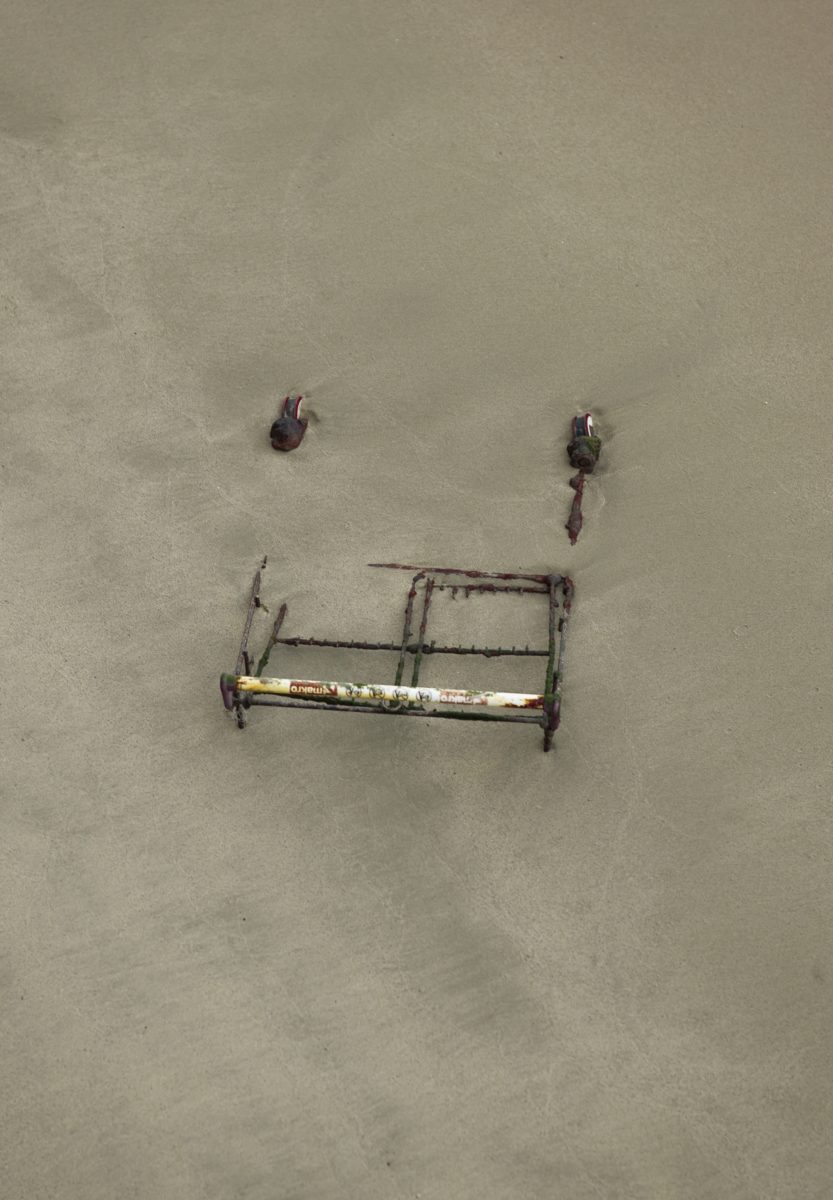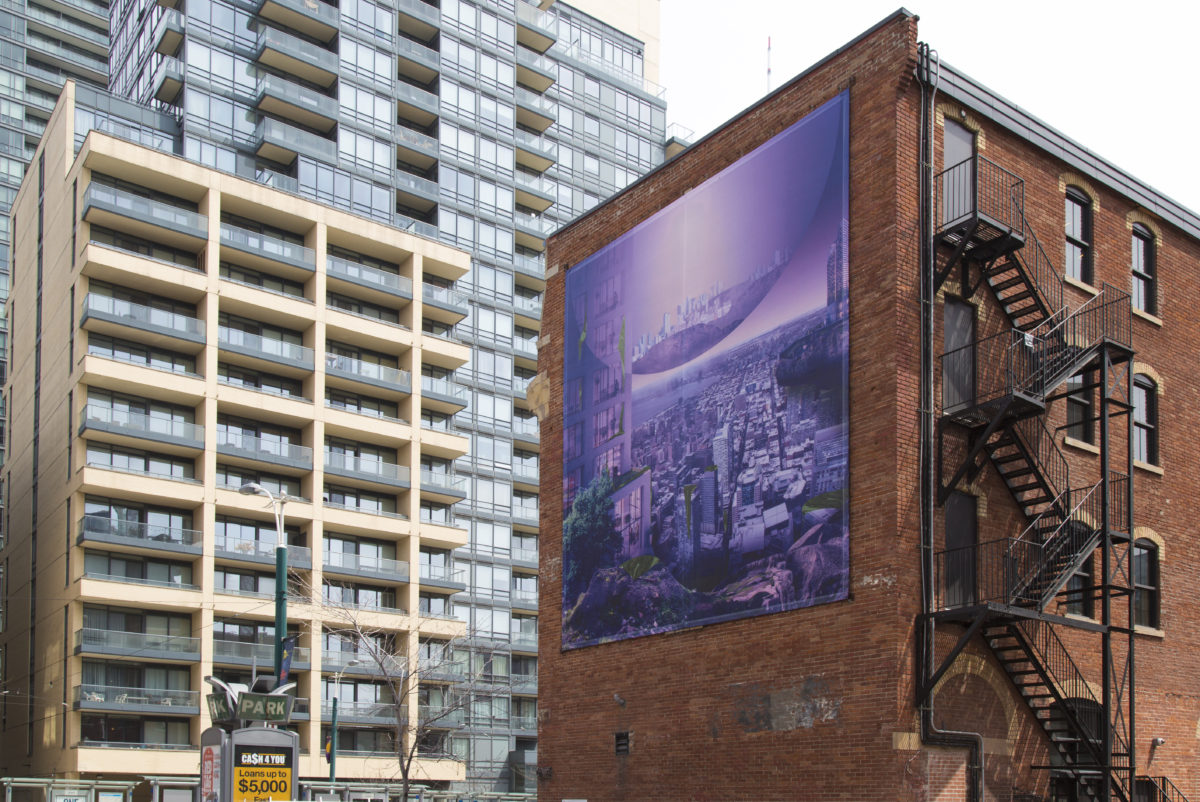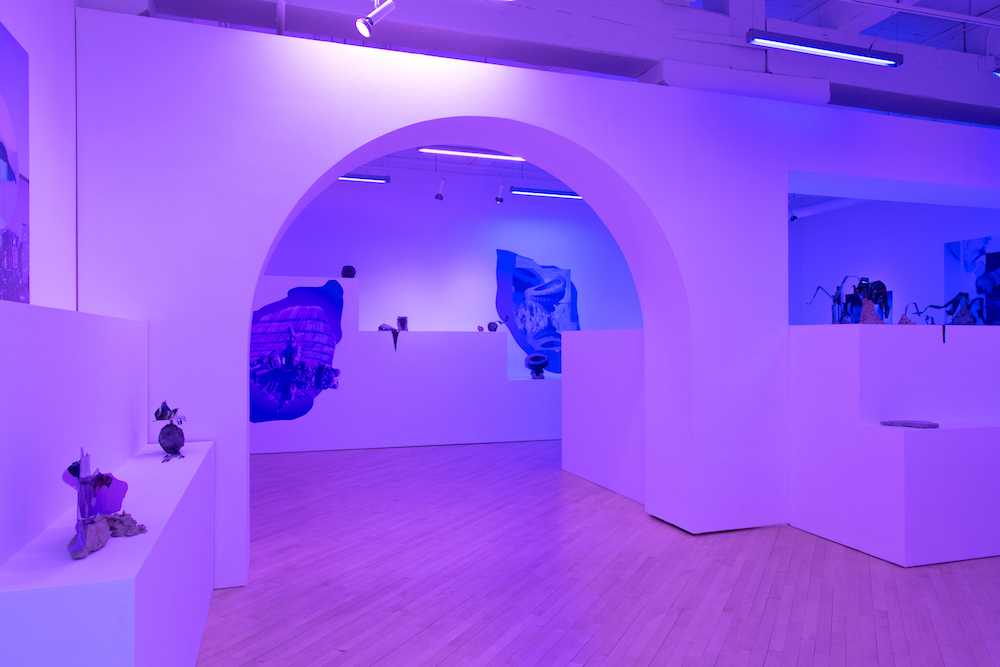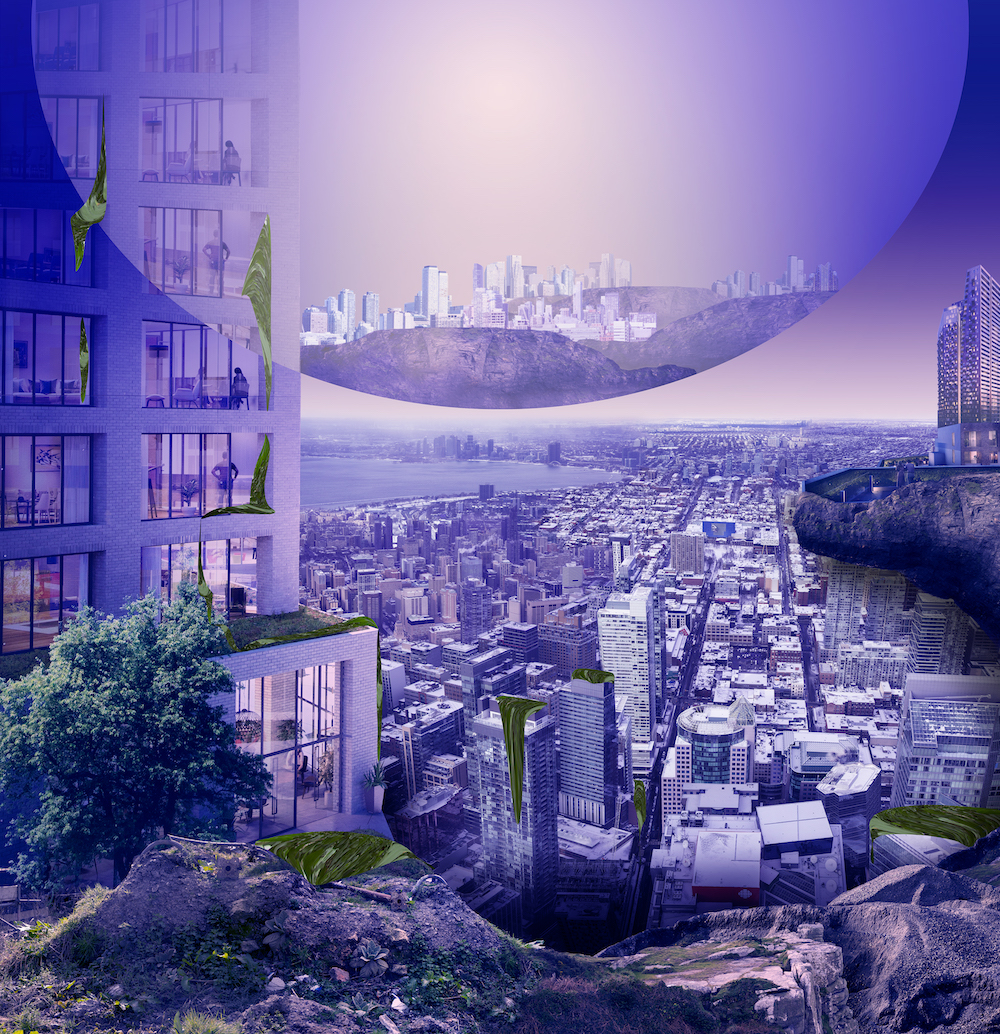
Gentrification, urban planning and humans’ relationship with the cities that we reside in are hot topics right now, as many communities are squeezed further and further towards the edges, and the overhaul of urban spaces happens at rate unprecedented. How can artists highlight key issues and offer solutions?
Today Unseen, the photography platform which hosts the expansive photo fair of the same name in Amsterdam every autumn, is bringing together four young photographers and artists—Eva Sajovic, Max Colson, Felicity Hammond and Rhianne Clarke—with two professors—Dr Alan Mace and Dr Nancy Holman—in London for three discussions on gentrification and urban change in collaboration with the London School of Economics and Political Science. The series is concluded with a discussion between artist and writer Lewis Bush and Rhianne Clarke.
“One of the greatest issues we face with gentrification is that it puts communities at risk”
As well as profiling the best emerging and established photographers out there, Unseen has also cited its wider goal as an organization, which is to examine the “impact of artists on society and to celebrate socially engaged practice”. The platform also encourages cross-discipline dialogue, bringing artists together with experts in other fields.
Ahead of today’s event, we spoke with three of the featured artists, who all explore urban space, and our role within it, in their work.
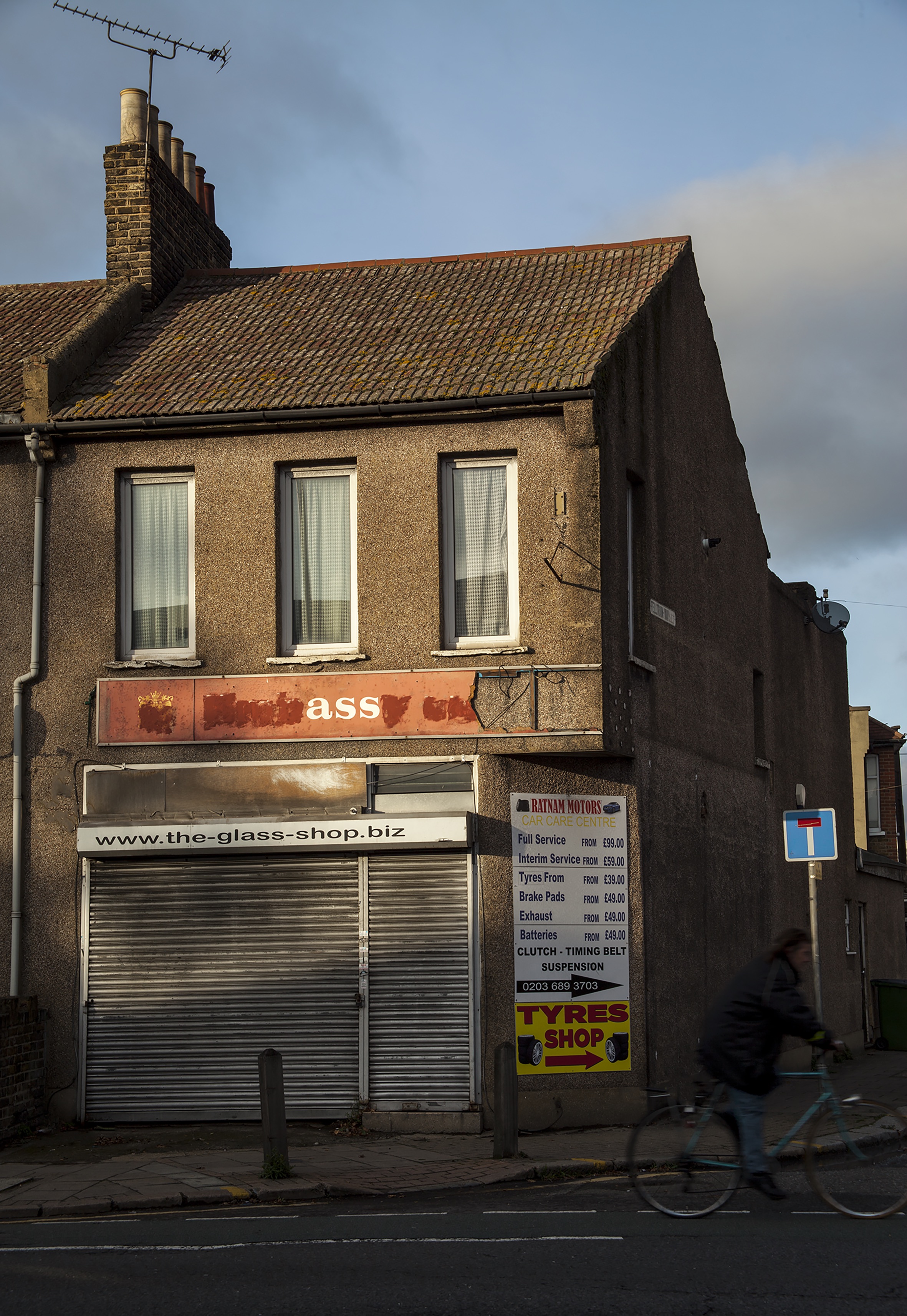
Rhianne Clarke
“Rhianne’s project There’s Room Enough For Both of Us is a sensitive and very personal portrait of the Royal Borough of Greenwich. It constitutes an important document of the changes the neighbourhood in London are undergoing because of gentrification.”
Why did you choose to focus on Greenwich in particular in your work? Do you have a personal connection?
Yes, I have a personal connection. I have lived in the Greenwich borough my whole life as did my mother before me. I’ve always loved Greenwich as a place, but it has changed so much over the years. I have witnessed first-hand the gentrification of the area. Many monuments to my childhood have been erased, the hospital that my mother, myself and my three siblings were all born in has been demolished and replaced with glass towering luxury flats. Gentrification has directly affected me and my family making it difficult for us to feel at home, in our home.
- Left: A Modern Plant, from the series There's Room Enough for Both of Us, 2017; Right: There's Room Enough for Both of Us, 2017 © Rhianne Clarke
Whilst travelling through North Greenwich (the site of one of the most expensive regeneration projects in London), I was listening to a song called Country Living by a reggae band, The Mighty Diamonds. The song speaks directly to the gentrification of the capital of Jamaica which is also my heritage. This song is what initially drew me to want to make work about my hometown, as well as the staggering speed these changes are happening throughout the borough.
- Left: There's Room Enough for Both of Us, 2017; RIght: Street Feast, Woolwich Model Market, from the series There's Room Enough for Both of Us, 2017 © Rhianne Clarke
What do you think the greatest problems are that we face with gentrification?
I think one of the inevitabilities of gentrification is social cleansing, which is happening at an extreme pace in London. Instead of investing money into the refurbishment of homes, millions are invested into demolishing businesses and homes which are then rebuilt from scratch. Whilst making these photographs, I spoke to many of the business owners who fought to save their stalls and shops in the formerly known Woolwich Public Market. The staggering increase in rent forced out all of the local traders and now in its place is a typical trendy street food market with overpriced unauthentic food, oddly placed on the busy high-street. For me, one of the greatest issues we face with gentrification is that it puts communities at risk.
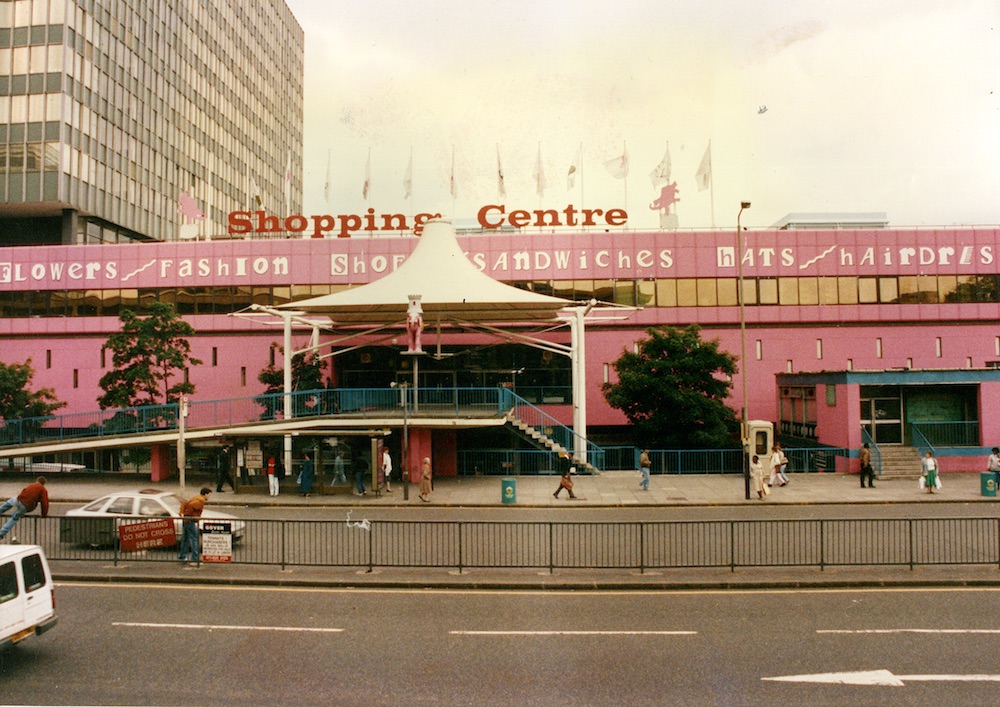
Eva Sajovic
“Eva’s work focuses on socially engaged, participatory practice through which she explores the drivers of global displacement such as regeneration, poverty, trafficking, culture and climate change. Since 2006 Sajovic has been creating work in Elephant & Castle with people living and working in the area and collaborations with fellow artists.”
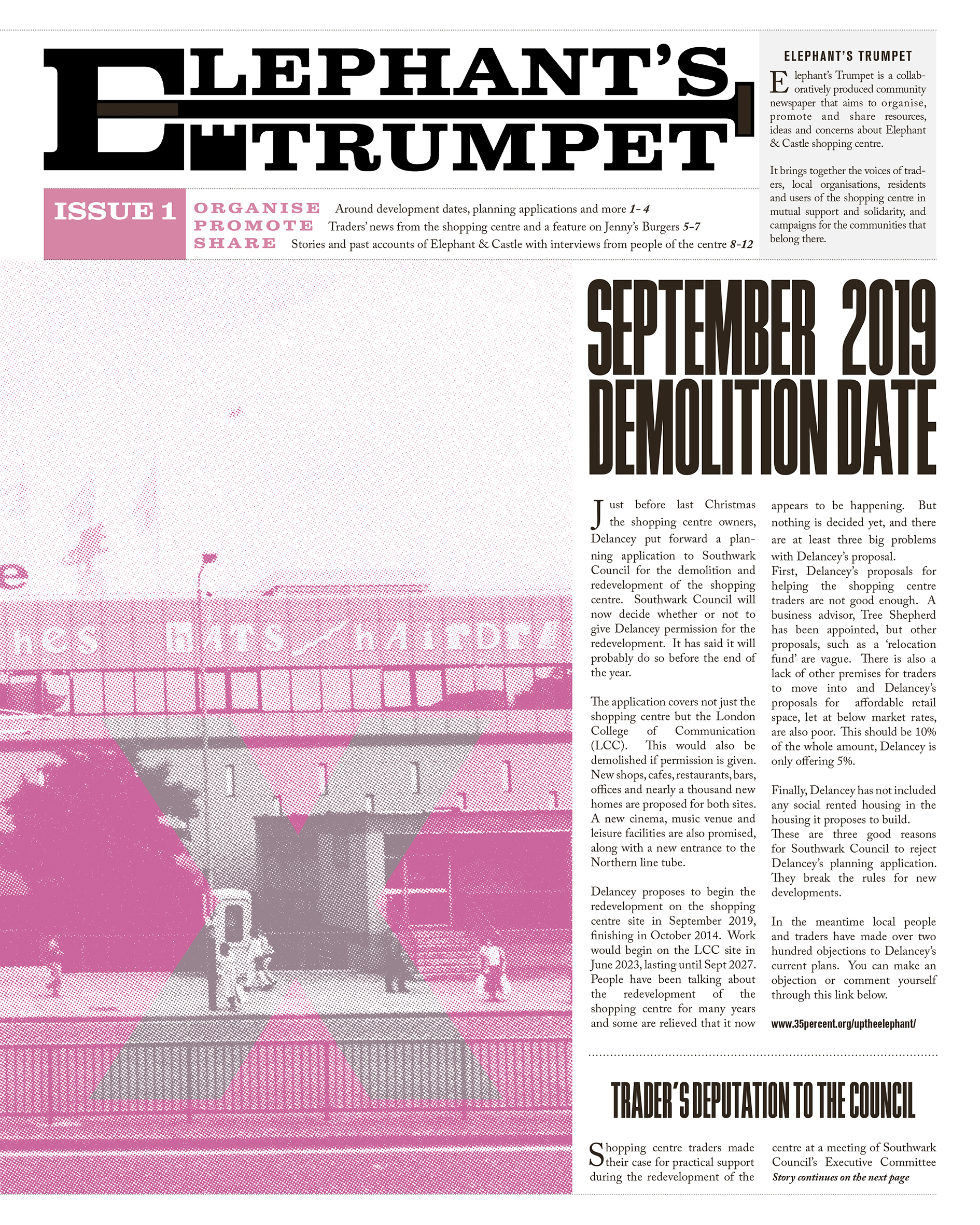
What have you discovered about gentrification through the work you have been doing with locals in Elephant and Castle?
I have discovered that gentrification is another word for what regeneration means today. Originally regeneration meant works done to an area to improve it for the benefit of the people who live and work there. Nowadays, it is for the benefit of the global corporations who deliver it to make big profits and cause destruction of local businesses who can no longer afford to trade from newly regenerated areas as these become unaffordable. These global businesses are mostly based in tax-free havens and don’t contribute to the local or national economy, as opposed to the local businesses, which then causes further loss to the local areas. We live in a time of precarity for most, and wealth for a few, and the logic that I am talking about is one of the contributing factors.
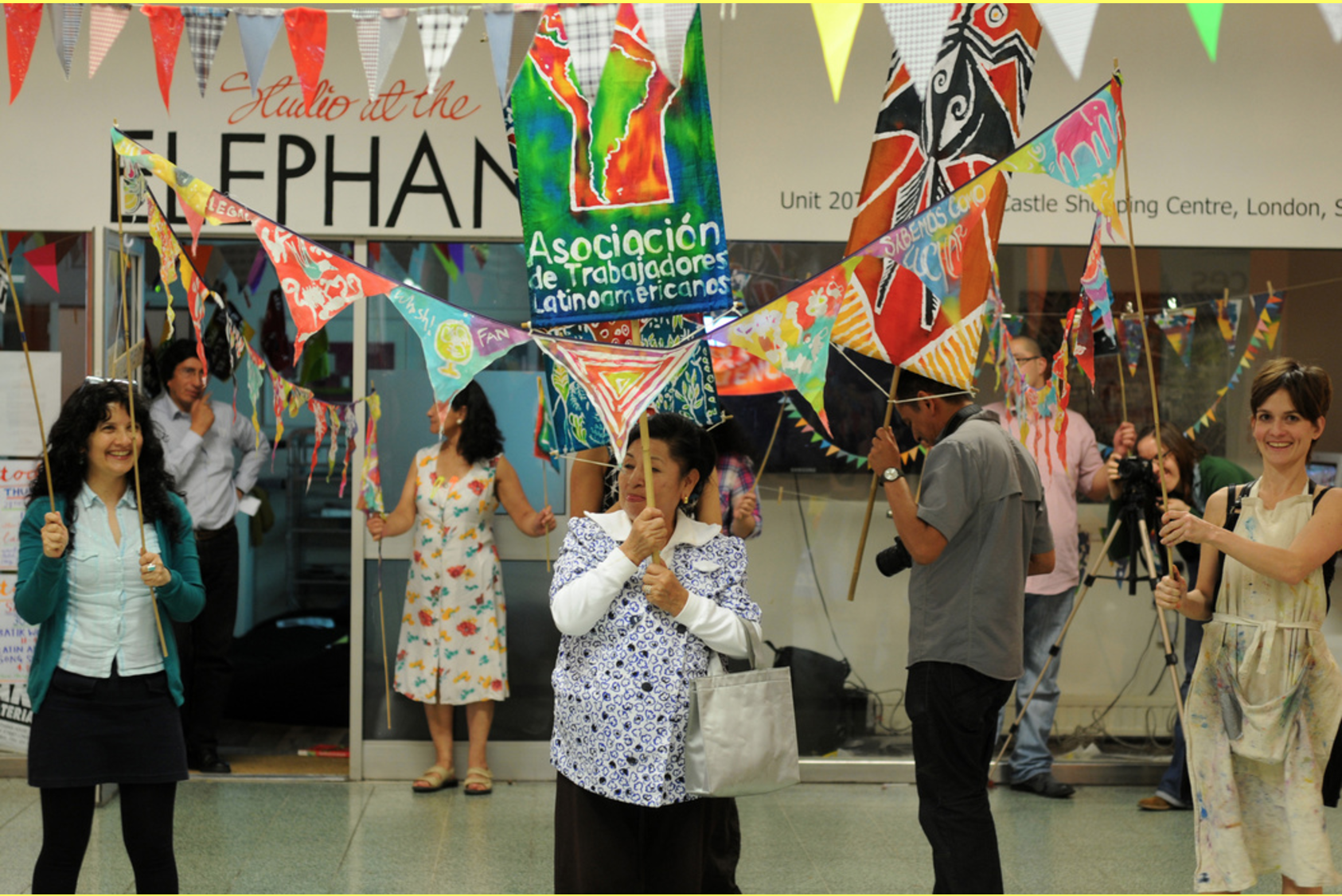
Studio at the Elephant project, from the series Elephant Castle, 2007-2010 © Eva Sajovic
How do you see the subject of regeneration tying in with the other issues at play in your work, such as climate change, poverty and trafficking?
I see regeneration, poverty and trafficking as triggers that cause displacement, with climate change being the ultimate cause of displacement. These causes work in a local but also global setting.
I can describe the connections in another way. Unnecessary demolishing of buildings that could be restored and excessive building contribute to already expansive CO2 emissions, cause noise pollution and disrupt ecosystems. People who are forcefully displaced from an area they call home undergo extreme levels of distress and also illness. Being moved far from an area where you work might mean long commutes which can affect your childcare and children’s school arrangements—all of which comes at a cost and can put you into financial instability.
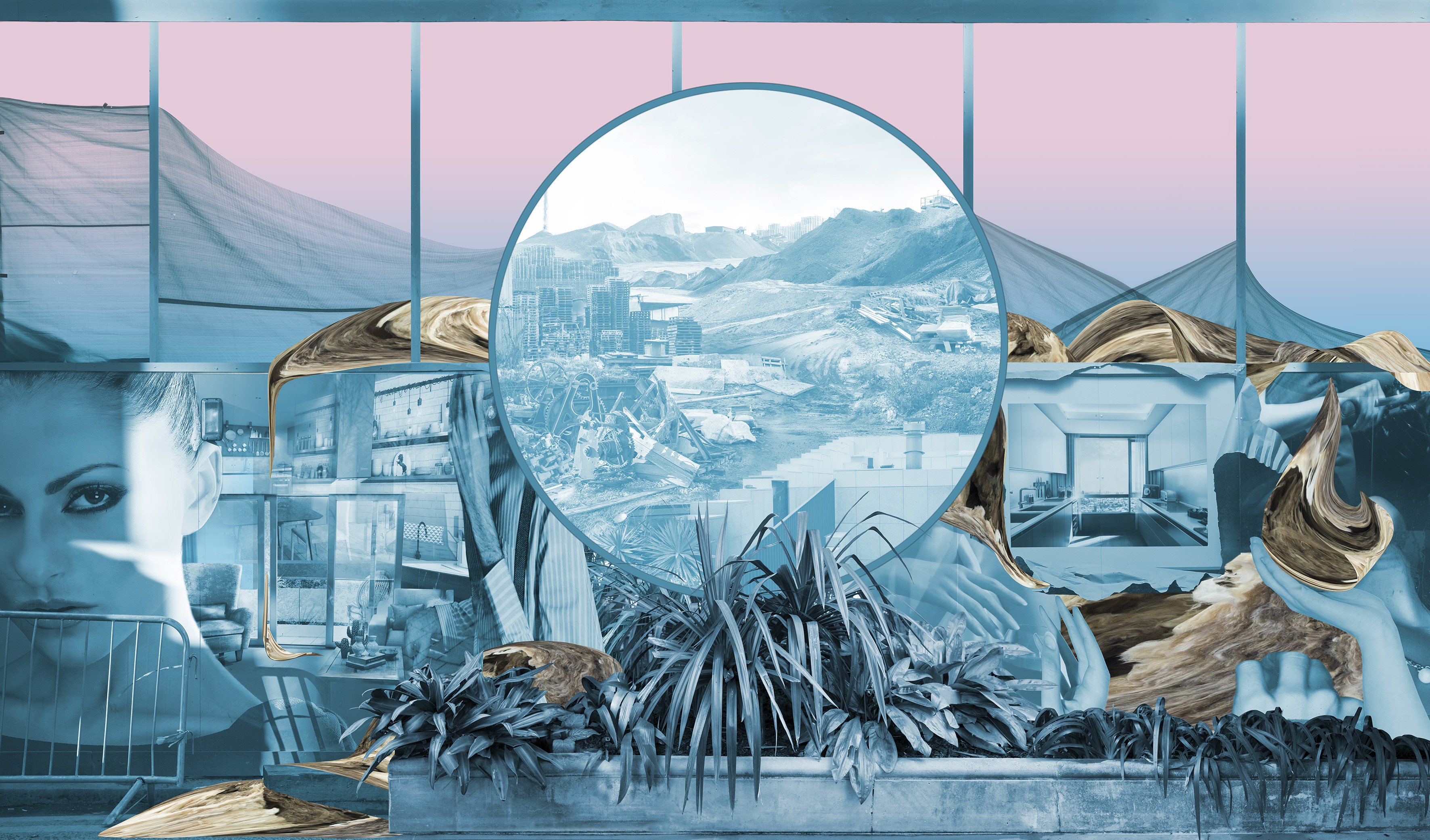
Felicity Hammond
“Felicity works across photography and installation. Fascinated by political contradictions within the urban landscape her work explores construction sites and obsolete built environments.”
Why do you think photography in particular is such a strong medium with which to tackle the subject of gentrification?
Photographic representation has historically played a massive part in shaping the identities of cities, and so it feels like an appropriate medium with which to critique or record the dramatic changes that occur in the urban realm. The immediacy of photography allows for the recording of the rapid transformation that we see in cities today and also has a close relationship with the architectural projections that imagine future space.
- Left: Felicity Hammond, Post Production, installation view; Right: Felicity Hammond, Arcade, installation view
How do you use physical space within your work to address the issues that will be discussed at this event?
I am particularly interested in the translation of computer generated architectural propositions into the physical built environment, and adopt this as a method for making works. I allow the content of my photographs to materialize in my work, just as the architectural proposition does. However there are inevitably slippages when this occurs, and I use these moments of error to reflect on the way that the utopian vision of the marketing images that imagine future site will be disrupted when they materialize in built form.

Felicity Hammond, Unveiling The Facade, 2016 © Felicity Hammond
You talk about the absence of people as being very important to your video work—why is this?
I don’t often include people in my representations of urban space, or if I do, they are fragmentary or abstracted. In the marketing images that imagine future space, the figure is often placed in at the end, almost like characters entering a set. There tends not to be a sensitivity to who the people are that occupy this space, whether they reflect the demographic of those who currently live there. The absence of the figure draws attention to the disregard of those who currently exists within a site intended for urban redevelopment.
Unseen x LSE: Challenging Urban Change

